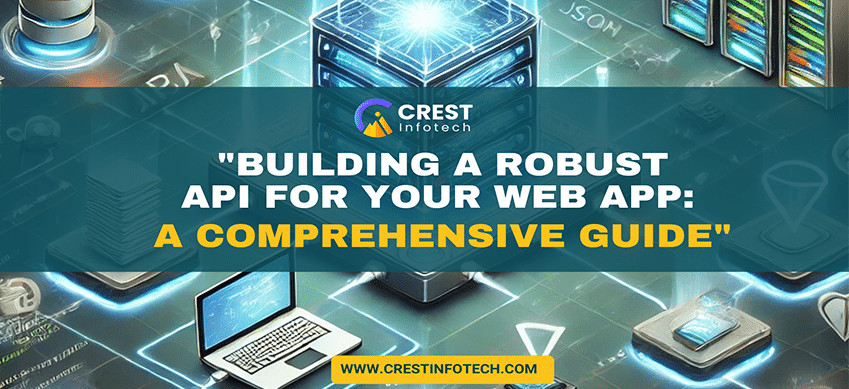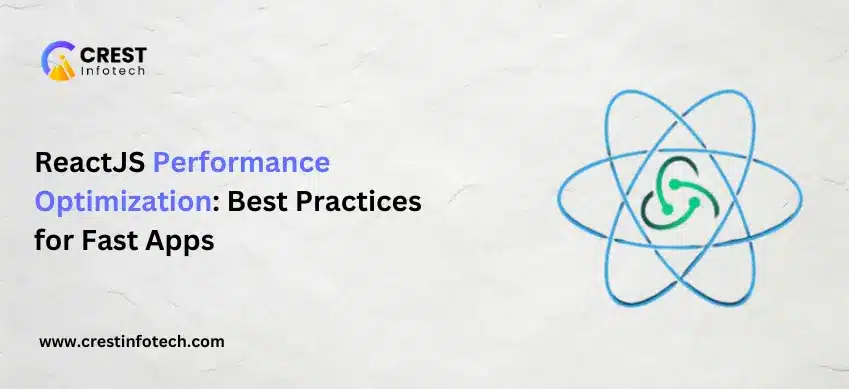Introduction
In today’s digital world, real-time functionality is essential for web applications. From live chats and collaborative tools to stock market tracking and multiplayer gaming, users expect instant updates without refreshing the page.
This guide explores WebSockets and other technologies for integrating real-time features into web applications, ensuring seamless and responsive user experiences.
1. Understanding Real-Time Communication
Real-time communication enables applications to send and receive updates instantly. Unlike traditional HTTP requests, which require frequent polling, real-time solutions establish a persistent connection, reducing latency and improving efficiency.
🔹 Common Use Cases for Real-Time Web Apps
✅ Live chat and messaging apps (WhatsApp, Slack)
✅ Collaborative editing tools (Google Docs)
✅ Live notifications and alerts (Stock market apps)
✅ Online multiplayer gaming
✅ IoT device monitoring
2. WebSockets: The Backbone of Real-Time Web Apps
🔹 What Are WebSockets?
WebSockets provide a full-duplex, persistent connection between the client and the server. Unlike HTTP, which follows a request-response model, WebSockets enable continuous two-way communication.
🔹 How WebSockets Work
- The client initiates a handshake request with the server.
- If successful, a persistent connection is established.
- Data can now be sent and received in real-time without re-establishing connections.
🔹 Implementing WebSockets in JavaScript (Node.js & Express)
Install the WebSocket library:
npm install wsCreate a simple WebSocket server:
const WebSocket = require('ws');
const server = new WebSocket.Server({ port: 8080 });
server.on('connection', (ws) => {
console.log('Client connected');
ws.on('message', (message) => {
console.log(\`Received: \${message}\`);
ws.send(\`Echo: \${message}\`);
});
ws.on('close', () => console.log('Client disconnected'));
});
Client-side WebSocket connection:
const socket = new WebSocket('ws://localhost:8080');
socket.onopen = () => {
console.log('Connected to WebSocket server');
socket.send('Hello, Server!');
};
socket.onmessage = (event) => {
console.log(\`Message from server: \${event.data}\`);
};
3. Alternative Real-Time Technologies
🔹 Server-Sent Events (SSE)
- One-way communication from server to client.
- Ideal for real-time notifications and live feeds.
- Simpler than WebSockets but lacks bidirectional communication.
Example SSE Implementation (Server-side):
app.get('/events', (req, res) => {
res.setHeader('Content-Type', 'text/event-stream');
res.setHeader('Cache-Control', 'no-cache');
res.setHeader('Connection', 'keep-alive');
setInterval(() => {
res.write(\`data: \${new Date().toISOString()}\n\n\`);
}, 1000);
});
Client-side:
const eventSource = new EventSource('/events');
eventSource.onmessage = (event) => {
console.log(\`New message: \${event.data}\`);
};
🔹 Long Polling
- Fallback for older browsers that don’t support WebSockets.
- The client repeatedly requests updates from the server.
- More resource-intensive than WebSockets.
Example:
async function pollServer() {
const response = await fetch('/updates');
const data = await response.json();
console.log(data);
setTimeout(pollServer, 5000);
}
pollServer();
🔹 GraphQL Subscriptions
- Works with GraphQL APIs for real-time updates.
- Uses WebSockets under the hood.
- Ideal for real-time dashboard updates and live data feeds.
Example using Apollo Server:
const { ApolloServer, gql } = require('apollo-server');
const { PubSub } = require('graphql-subscriptions');
const pubsub = new PubSub();
const typeDefs = gql\`
type Message {
text: String
}
type Query {
messages: [Message]
}
type Subscription {
newMessage: Message
}
\`;
const resolvers = {
Query: {
messages: () => [{ text: 'Hello World' }]
},
Subscription: {
newMessage: {
subscribe: () => pubsub.asyncIterator(['MESSAGE_ADDED'])
}
}
};
const server = new ApolloServer({ typeDefs, resolvers });
server.listen().then(({ url }) => console.log(\`Server ready at \${url}\`));
Client-side:
const { WebSocketLink } = require('@apollo/client/link/ws');
const wsLink = new WebSocketLink({
uri: 'ws://localhost:4000/graphql',
options: { reconnect: true }
});
4. Scaling Real-Time Applications
🔹 Using Message Queues for Scalability
✅ Redis Pub/Sub – Distributes messages between multiple servers
✅ Apache Kafka – Handles large-scale real-time data streaming
Example:
const Redis = require('ioredis');
const pub = new Redis();
const sub = new Redis();
sub.subscribe('chat', () => {
sub.on('message', (channel, message) => {
console.log(\`Received \${message} on \${channel}\`);
});
});
pub.publish('chat', 'Hello from Redis!');
🔹 Load Balancing WebSocket Connections
WebSockets require sticky sessions. Use:
✅ Nginx WebSocket proxying
✅ AWS ALB
✅ Socket.IO with Redis Adapter
Example Nginx WebSocket config:
server {
listen 80;
location /ws/ {
proxy_pass http://backend_server;
proxy_http_version 1.1;
proxy_set_header Upgrade $http_upgrade;
proxy_set_header Connection "Upgrade";
}
}
5. Monitoring & Debugging Real-Time Apps
- Use logging tools like Winston or LogRocket for debugging WebSockets.
- Monitor performance with Prometheus & Grafana.
- Test real-time functionality using Postman WebSocket Client.
Conclusion
Integrating real-time features in web applications improves user engagement and interactivity. WebSockets remain the preferred solution for most real-time use cases, while SSE, long polling, and GraphQL subscriptions offer alternatives based on requirements.
By implementing scalable solutions with Redis, Kafka, and load balancing, you can build high-performance real-time applications that handle millions of users efficiently. 🚀



